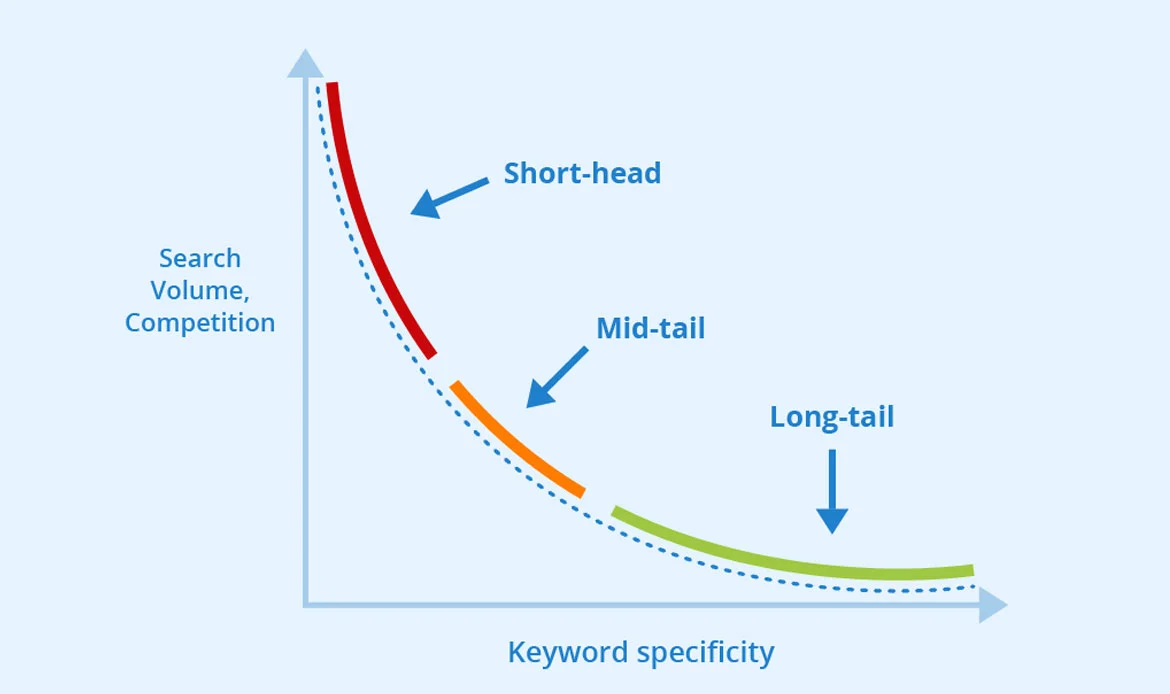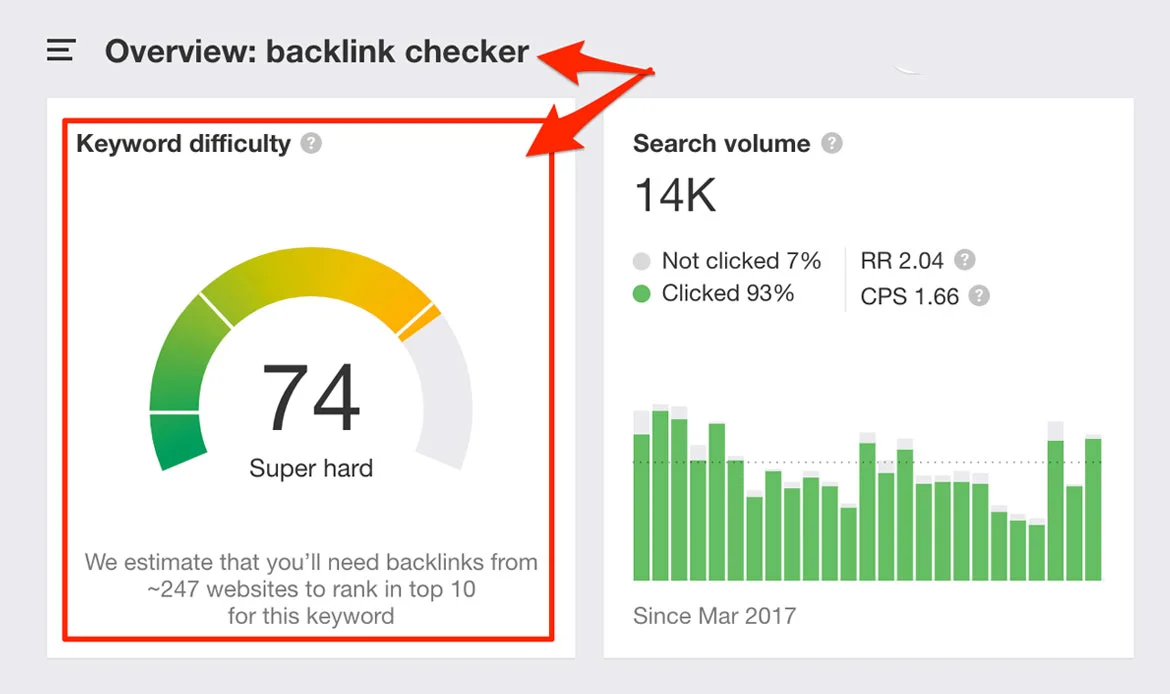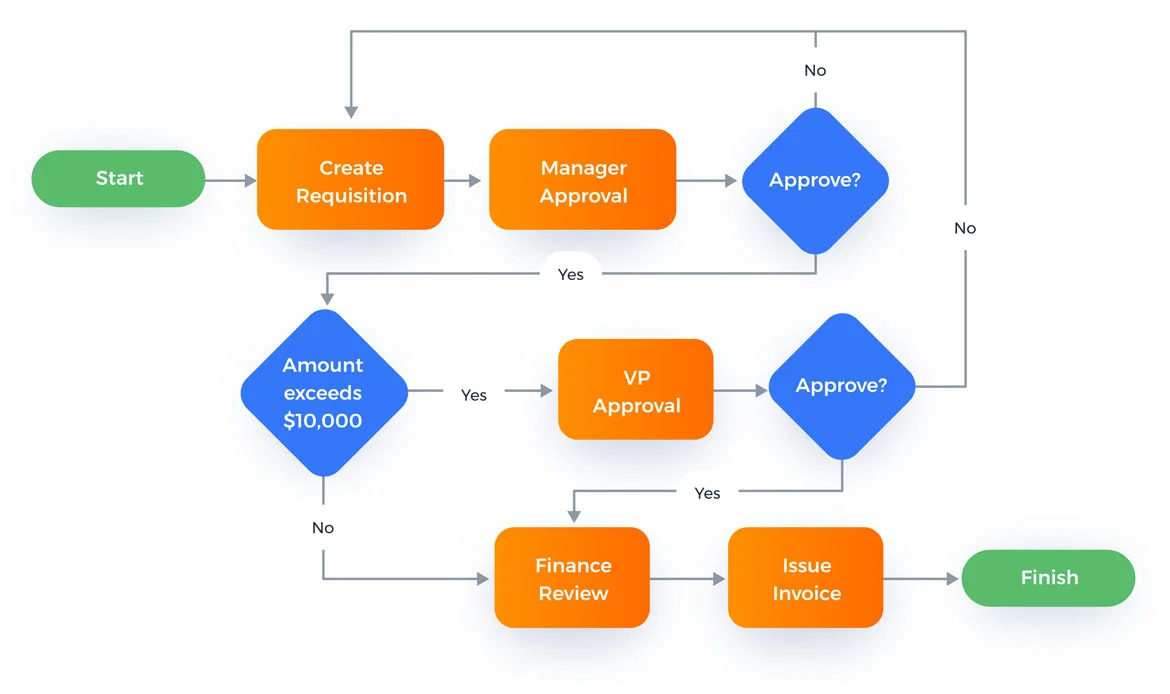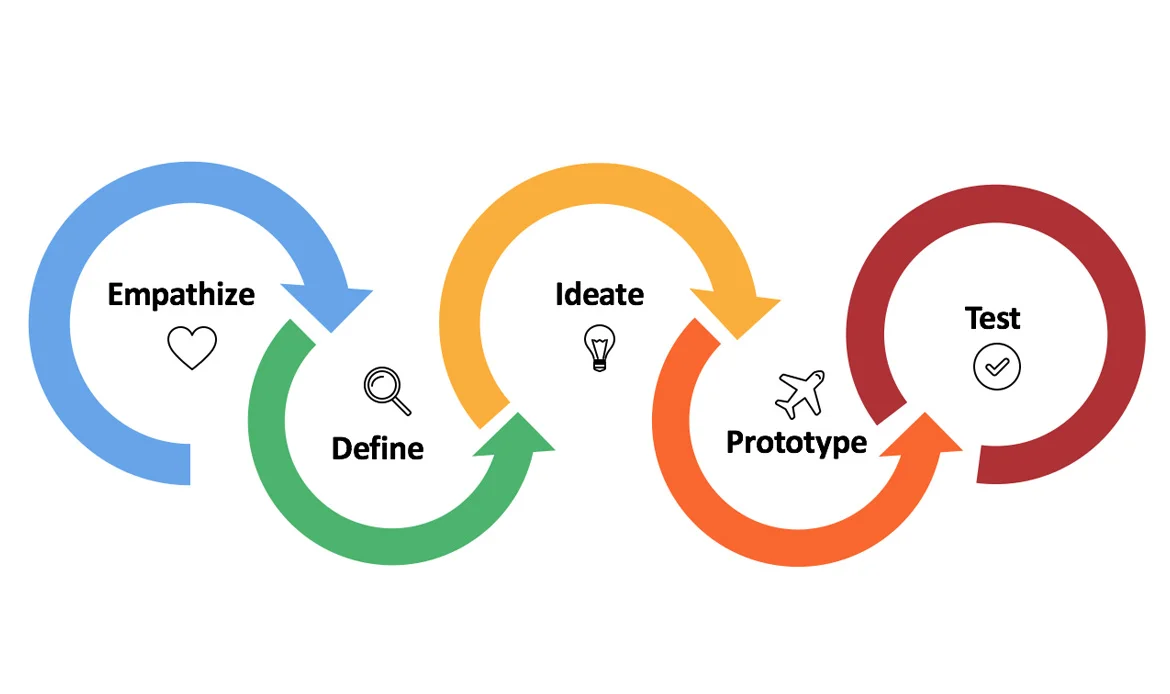Welcome to the comprehensive beginner’s guide to keyword research for SEO, where the journey to optimizing your online presence begins!
In the dynamic realm of search engine optimization (SEO), mastering the art of keyword research is your key to unlocking the door to higher rankings, increased visibility, and targeted organic traffic.
Whether you’re a newcomer to the world of digital marketing or a seasoned pro seeking to refine your strategies, this in-depth guide is tailored to provide you with a solid foundation in understanding, selecting, and utilizing keywords effectively.
Picture keywords as the compass guiding both search engines and users to your virtual doorstep. In this guide, we’ll delve into the very heart of SEO by unraveling the intricacies of keyword research. From deciphering user intent to uncovering hidden gem keywords, we’ll equip you with the tools to elevate your website’s relevance, establish your niche authority, and attract the right audience.
The Significance of Keyword Research
Keyword research is not just about selecting a bunch of words and throwing them into your website content. It’s about understanding your target audience’s language, intentions, and pain points. By aligning your content with their search queries, you create a bridge between their needs and your offerings. This alignment enhances user experience and boosts your chances of ranking higher in search engine results pages (SERPs).
Step-by-Step Keyword Research Process
1. Understand Your Niche and Goals
Before diving into keyword research tools, grasp your niche, industry, and website’s objectives. Define the purpose of your website – whether it’s to provide information, sell products, offer services, or entertain. This understanding will guide your keyword selection process.
Defining your website’s objectives helps you align your keyword research with what you’re trying to achieve. For instance:
Informational Websites: If your website aims to provide valuable information and educate your audience, your keyword strategy should focus on keywords that reflect the questions and topics your target audience is seeking answers to.
E-commerce Websites: If you’re running an online store, your keyword strategy should include product-related keywords that potential customers might use when searching for items you offer.
Service-Based Websites: If your website offers services, your keyword strategy should be centered around keywords that potential clients would use when searching for those services.
Entertainment Websites: If your goal is to entertain and engage users, your keyword strategy might revolve around trending topics, pop culture references, and entertainment-related keywords.
2. Brainstorm Relevant Topics
It is a crucial step in the initial stages of keyword research. It involves generating a list of potential subjects or themes that are closely related to your website’s niche, industry, or focus. This step lays the foundation for your entire keyword research strategy
Start by brainstorming topics related to your niche. Put yourself in your audience’s shoes and think about what they might search for. These are known as “seed keywords” and will serve as the foundation for your research.
Start by thinking about the main themes, categories, or areas of interest that are central to your website’s content or business. These should be broad subjects that encompass a range of subtopics. For instance, if you have a blog about gardening, some of your main topics could be “Vegetable Gardening,” “Flower Cultivation,” “Landscaping Tips,” and so on.
3. Keyword Research Tools
Keyword research tools are software applications designed to assist you in discovering relevant keywords and phrases that people are searching for on search engines. These tools offer valuable insights into the search behavior of your target audience, allowing you to identify high-potential keywords that you can strategically incorporate into your website content.
The goal is to find keywords that strike a balance between relevance, search volume, and competition, so your content has the best chance of ranking well in search engine results.
Numerous keyword research tools are available, both free and paid. Google’s Keyword Planner, Ahrefs, SEMrush, Moz Keyword Explorer, and Ubersuggest are popular choices. These tools provide insights into search volume, competition, and related keywords.
4. Expand Your List
It refers to the process of generating a broader range of keywords related to your initial seed keywords. This involves finding variations, synonyms, and longer phrases (long-tail keywords) with three or more words. Although long-tail keywords might have lower search volumes, they often indicate higher intent and better conversion rates from users searching for specific information.
5. Analyze Competition
Examine the top-ranking pages for your chosen keywords. Closely look at the web pages that appear at the top of search engine results when you search for specific keywords.
Understand the type of content they offer, their structure, and the user experience” refers to studying the content topics, formats, how the information is organized, and how easy and engaging these pages are for users.
This analysis can guide your content strategy and help you identify gaps to exploit” suggests that by analyzing these top-ranking pages, you can gain insights into what works well. This understanding can help you shape your own content strategy and find areas where the existing top pages might be lacking, giving you opportunities to create more valuable content and potentially rank higher.
6. Search Intent
Understanding user intent is crucial. Keywords fall into four main categories:
Informational (seeking information): Users are seeking information or answers to their questions.
Navigational (looking for a specific website): Users are looking for a specific website or online destination.
Transactional (ready to make a purchase): Users are prepared to make a purchase or complete a specific action.
Commercial investigation (comparing options): Users are comparing options before making a decision.
Tailor your content to match the intent behind your selected keywords. To effectively cater to user intent, tailor your content to align with the underlying purpose of the keywords you’re targeting. This increases the likelihood of providing valuable content that meets users’ needs and expectations.
7. Keyword Difficulty and Volume
Evaluate the competition for your chosen keywords. Keyword difficulty indicates how hard it is to rank for a particular keyword. Balancing difficulty with search volume is essential. Targeting high-volume, low-competition keywords can yield quicker results.
Keyword Difficulty: This measures the level of competition you’ll face to rank well for a specific keyword. High difficulty means many other websites are competing for the same keyword, making it harder to rank higher. Low difficulty suggests less competition.
Search Volume: This represents how often a keyword is searched for by users. Higher search volume indicates greater user interest in that topic.
Balancing these factors is crucial. Targeting keywords with high search volume and low competition can lead to faster and more effective results in terms of ranking and visibility. It’s important to find keywords that offer a good balance between high search volume and manageable competition to maximize the impact of your content.
8. Content Mapping
Assign keywords to specific pages on your website based on relevance. Create a content plan that integrates these keywords seamlessly into your content. Avoid keyword stuffing, as search engines penalize this practice.
To implement content mapping:
Assign Keywords: Match keywords to pages where they best fit based on the topic and purpose of each page.
Content Plan: Develop a plan that seamlessly incorporates these keywords into the content of each page, ensuring they are used naturally and contextually.
Avoid Keyword Stuffing: Refrain from overloading pages with excessive keywords, as search engines penalize this practice. Instead, focus on providing valuable and informative content.
Content mapping enhances user experience, aids search engines in understanding your content, and supports your website’s SEO efforts.
9. Track and Adapt
Regular Monitoring: Consistently keep an eye on how your keywords are ranking in search results and track the amount of traffic your website receives.
Stay Responsive: As trends change and new keywords become relevant, be ready to adjust your content strategy accordingly.
SEO is an ongoing process. Regularly monitor your keyword rankings and website traffic. As trends shift and new keywords emerge, adapt your content strategy to stay relevant and competitive. By tracking your performance and adapting your approach, you can maintain or improve your search rankings and ensure your website stays relevant to users and search engines over time.
Best Practices for Effective Keyword Research
User-Centric Approach:
This principle revolves around understanding and catering to the needs and intentions of your target audience. Instead of merely focusing on what you want to convey, prioritize what your audience is looking for. When users search for information online, they have specific queries and problems they want to solve. Your content should be designed to address these queries and provide valuable solutions.
This not only enhances user experience but also increases the likelihood of your content being ranked higher in search engine results because search engines also prioritize user satisfaction.
Diversify Keyword Types:

Keywords come in various forms, with the two main categories being short-tail and long-tail keywords. Short-tail keywords are shorter, more general phrases that usually consist of one or two words. Long-tail keywords, on the other hand, are longer phrases that are more specific and often capture the user’s intent better. By using a mix of both short-tail and long-tail keywords, you ensure that you cover a wider range of user queries.
Short-tail keywords might have higher search volumes but also higher competition, while long-tail keywords might have lower search volumes but higher conversion rates due to their specificity.
Stay Updated:
The digital landscape is dynamic, and search trends are constantly evolving. What’s popular and relevant today might not be the same tomorrow. It’s crucial to stay informed about the latest developments and trends in your industry.
This applies not only to the industry itself but also to how users search for information related to it. By staying updated, you can adjust your keyword strategy to align with the changing preferences and behaviors of your target audience.
Quality over Quantity:
While it might be tempting to stuff your content with as many keywords as possible, this approach is counterproductive. Search engines have become sophisticated enough to recognize keyword stuffing and penalize websites for it. Instead of focusing solely on the quantity of keywords, prioritize the quality of your content. Create valuable, informative, and engaging content that naturally incorporates your chosen keywords where relevant.
This not only improves your chances of ranking higher in search results but also enhances the user experience and keeps visitors on your site longer.
Localized Keywords:
If your business has a physical presence or operates in specific geographic locations, incorporating localized keywords is essential. These are keywords that include location-specific terms such as city names, neighborhoods, or regions. Localized keywords help you target users who are searching for products or services in your specific area. For instance, if you run a bakery in New York City, using keywords like “best bakery in NYC” or “NYC artisanal pastries” can help attract customers looking for bakery options in that location.
Incorporating these best practices into your keyword research strategy can significantly enhance your SEO efforts. By putting the user first, diversifying your keyword approach, staying updated, prioritizing quality, and utilizing localized keywords, you’ll be well-equipped to create content that resonates with your audience, drives organic traffic, and positions your website for success in the ever-competitive online landscape.
FAQs on Keyword Research for SEO
What is keyword research and why is it important for SEO?
Keyword research is the process of identifying words and phrases that people use to search for information online. It is important for SEO because it helps you target relevant search queries, attract qualified traffic, and improve your website’s search engine rankings.
How do I find the best keywords for my website?
Use keyword research tools like Google Keyword Planner, Ahrefs, or SEMrush to find high-volume, low-competition keywords. Focus on long-tail keywords and search intent to attract users who are more likely to engage with your content.
How often should I update my keyword strategy?
It’s recommended to review and update your keyword strategy every few months. Monitoring search trends, analyzing competitors, and tracking performance ensures your content remains relevant and continues to drive organic traffic.
Conclusion
As we conclude this in-depth beginner’s guide to keyword research for SEO, you’ve now gained a firm grasp on the vital role that keywords play in the digital landscape. Armed with a toolkit of strategies, insights, and techniques, you’re well-prepared to navigate the intricate world of search engine optimization and make a significant impact on your online presence.
Remember, keyword research is an ongoing process. As trends shift, user behavior evolves, and search algorithms advance, your approach to keywords should adapt accordingly. Regularly monitor your rankings, traffic patterns, and user engagement to fine-tune your keyword strategy and ensure your content remains aligned with your audience’s needs and preferences.
Unlock SEO Success with Effective Keyword Research
Keyword research is the foundation of any successful SEO strategy. By identifying the right keywords, understanding search intent, and analyzing competition, you can create content that drives targeted traffic and boosts your website’s rankings.













